
Crafting can be a core part of a game when it connects collecting materials, learning recipes, and improving your character in a seamless way. The best crafting systems let you learn by doing, clearly show you what you can make next, and give you useful rewards for trying new things. Well-designed crafting menus, organized resources, and recipes that allow for creativity help players plan ahead or adapt on the fly without getting overwhelmed. When done right, crafting blends with other gameplay like exploring, fighting, and building, keeping players engaged and moving forward.
Minecraft
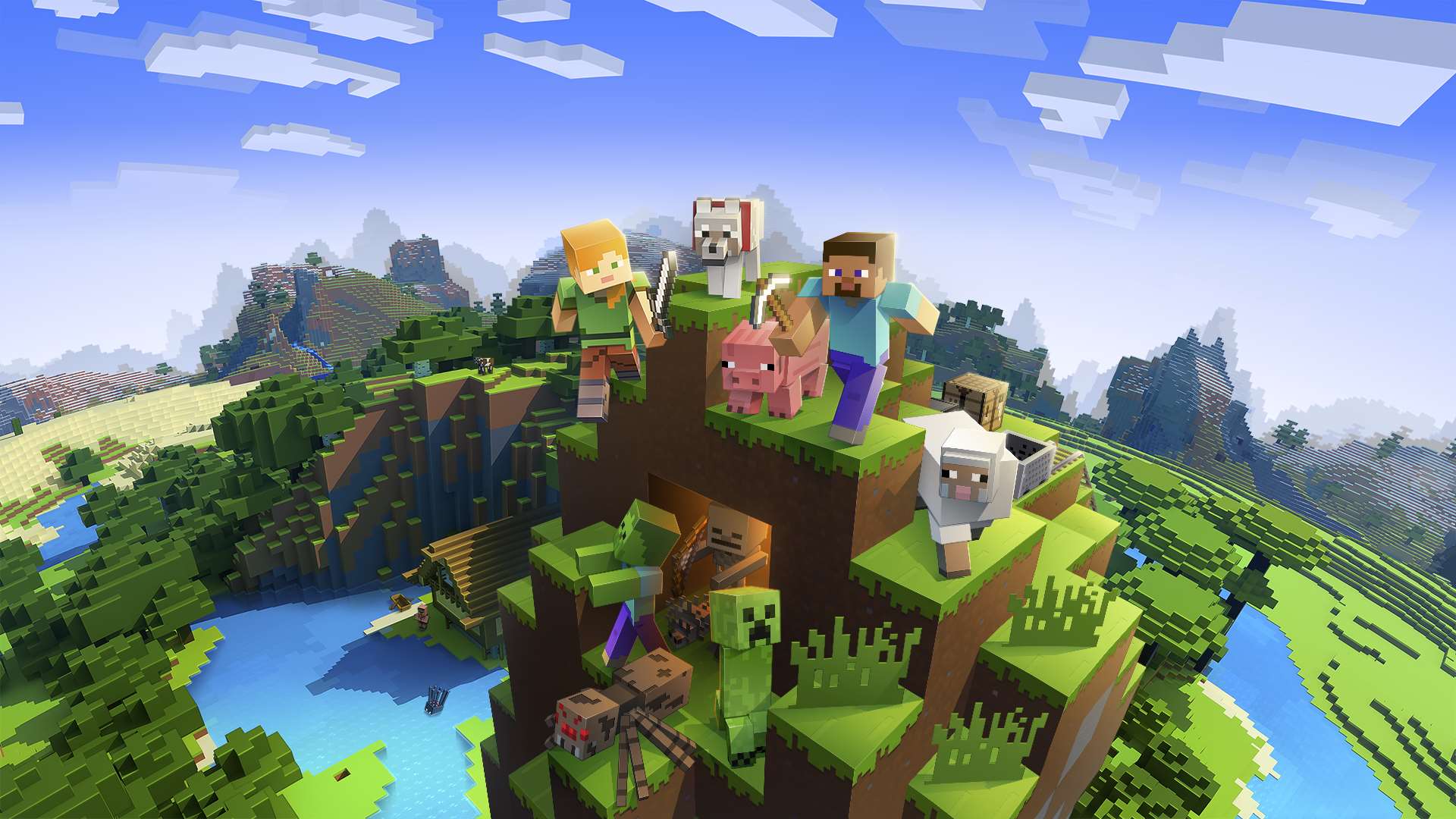
Crafting lets you transform basic materials into useful items like tools, machines, and decorations by arranging them in specific patterns. The game keeps track of the recipes you learn, and even lets you automatically fill the crafting grid once you have the necessary materials. Using stations like furnaces and brewing stands unlocks more advanced crafting options, allowing you to create everything from simple stone tools to powerful enchanted equipment. You can also use redstone to build complex systems like automatic farms, doors, and other contraptions.
The Legend of Zelda: Tears of the Kingdom
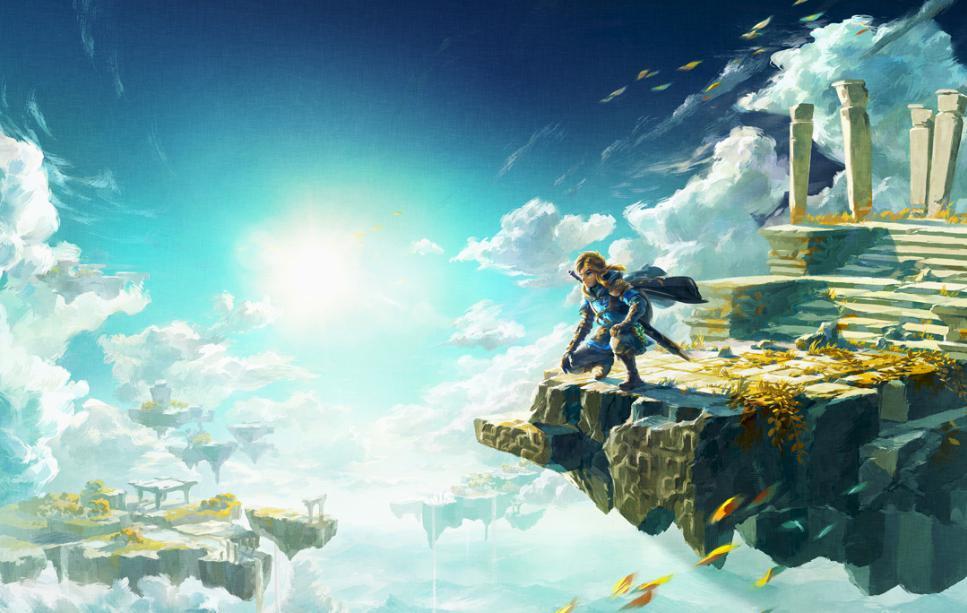
Fuse allows you to customize your gear – weapons, shields, and arrows – by adding monster parts and materials, changing how much damage they deal and how they behave. With Ultrahand, you can build vehicles and machines by connecting pieces like batteries, wheels, and fans. These creations run on energy, and you can upgrade your energy cells to make them last longer. As you explore, you’ll find device dispensers and schematic stones that unlock even more building possibilities.
Monster Hunter: World

Defeating monsters rewards you with materials used to upgrade your weapons and armor at the forge. Each upgrade path clearly shows what you need and what benefits you’ll get, turning hunts into focused resource gathering. You can customize your gear with decorations and skills to excel against certain elements or apply specific effects. Plus, enhancing and improving the rarity of your equipment keeps it useful even in the most challenging high-rank hunts.
Subnautica

Players gather raw materials like ores and plants, then use them to create tools, food, and building components. Discovering blueprint pieces with the Seaglide and Seamoth unlocks new crafting recipes in a logical progression. You can build habitats by connecting rooms and corridors, but these require careful management of oxygen and power. Different areas of the game contain unique resources, encouraging you to explore further and expand your crafting possibilities.
Valheim
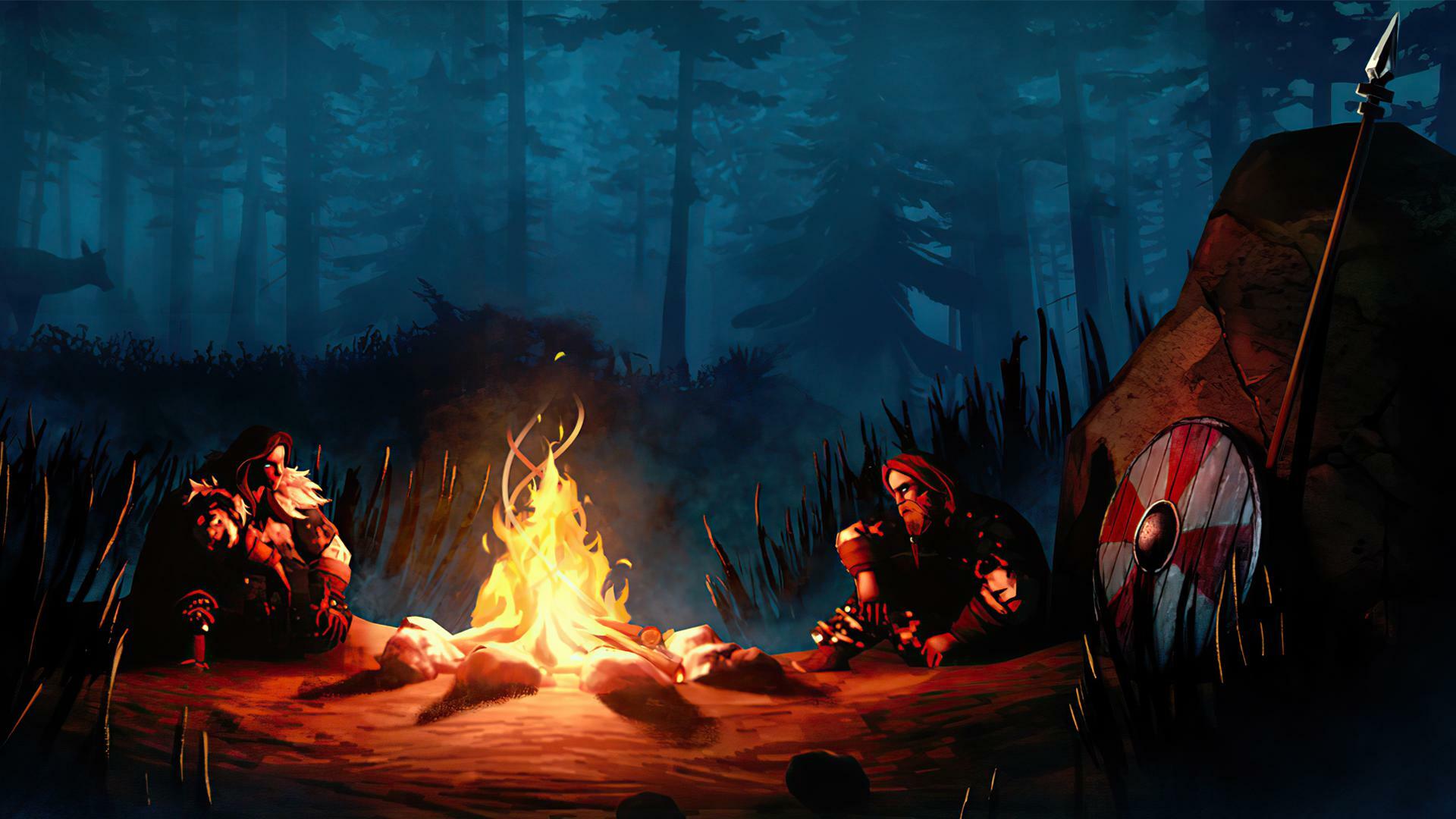
As you gather new items, you’ll immediately learn recipes, making your crafting options grow organically. Workbenches and forges define how far you can build and what level of tools and weapons you can create. Defeating bosses rewards you with new materials and crafting stations, helping you advance through the game. Building is easy with a simple snapping system, but remember to consider structural support when designing your base to ensure it can expand.
Factorio

Factories transform raw materials into useful parts using a series of connected machines. Automated systems like conveyor belts and robots move materials around, and research helps you build faster machines and discover new crafting options. You can save and reuse entire factory designs with blueprints, making it easy to expand. As your factory grows, you’ll need to defend against pollution and hostile creatures attracted by your industrial activity.
Satisfactory
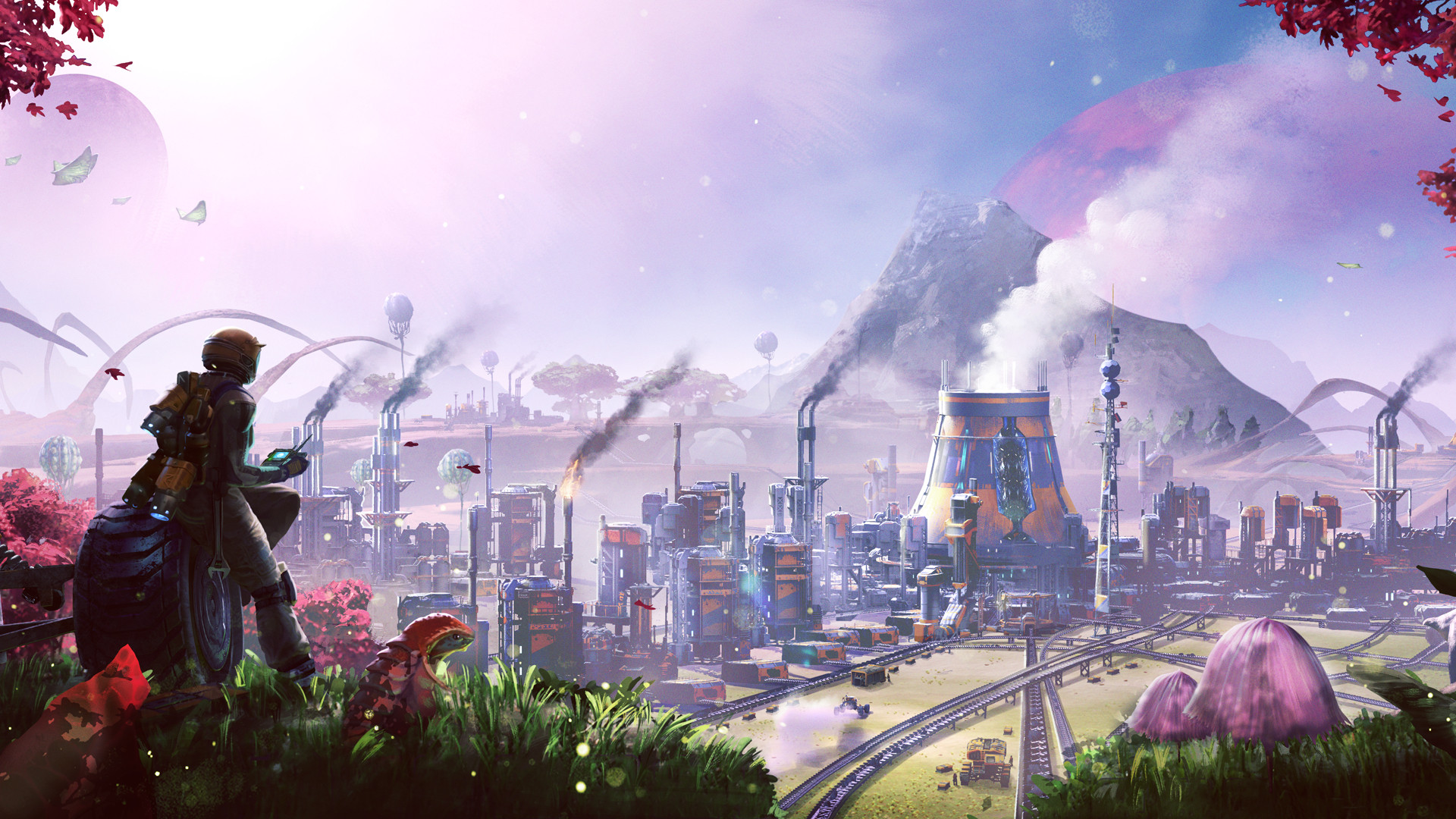
Factories process raw materials through various machines – miners, smelters, builders, and assemblers – to achieve progress. Managing power becomes tricky as you grow, switching from basic energy sources like biomass to more advanced options like coal. You’ll use elevators, fast transport tubes, and trains to move materials up and down and across sprawling maps. Finding alternate manufacturing methods through data storage devices allows you to customize production lines for efficiency and adapt to changing resource needs.
Terraria
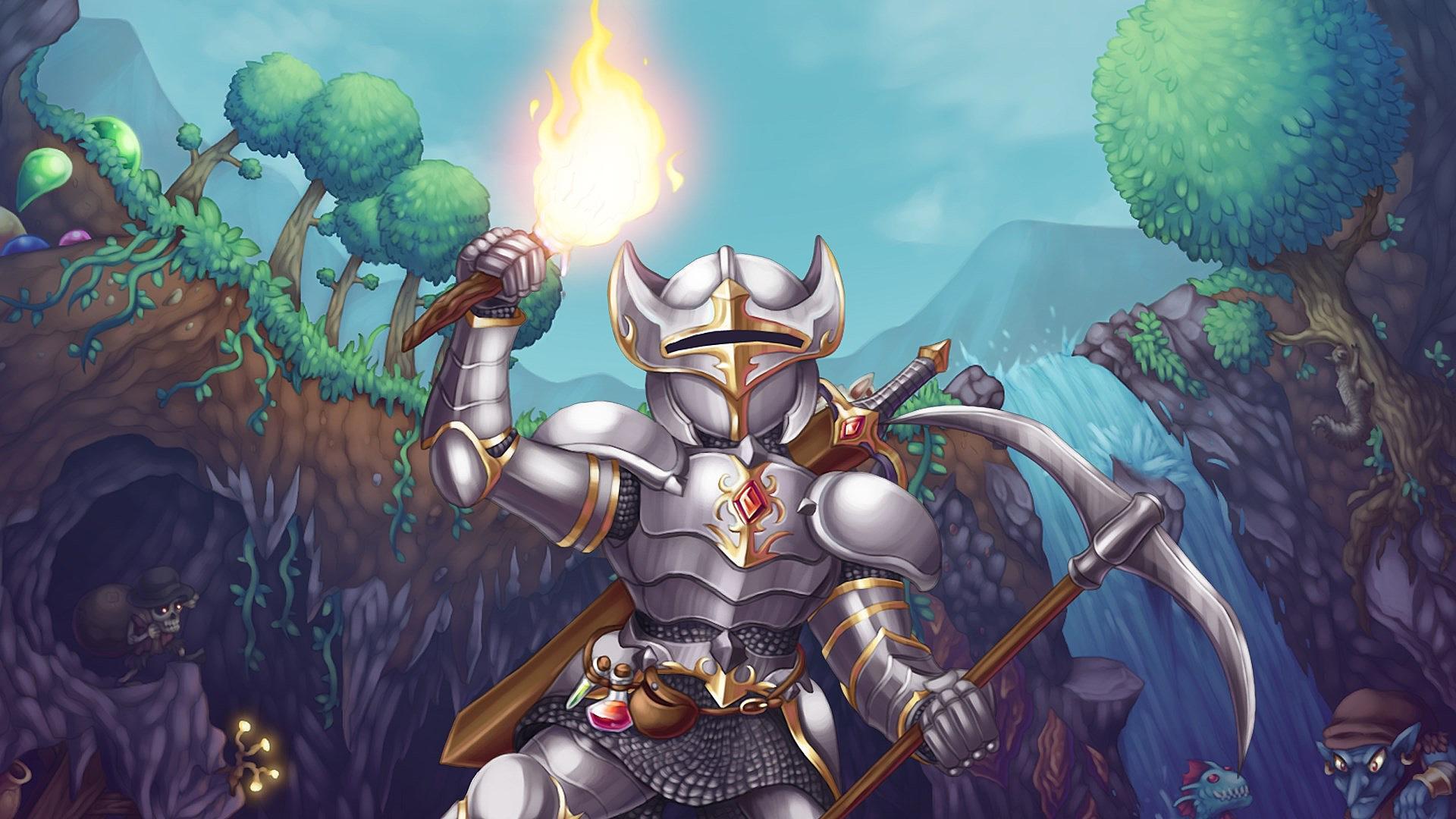
You can craft better tools, weapons, and accessories using different crafting stations and anvils. The materials you use come from each specific area you explore. Defeating bosses and completing events unlocks new and even stronger materials. You can further customize your gear with accessory reforging and modifiers to boost your stats. The Guide NPC is helpful because it shows you what you can craft with any material you find, letting you plan your upgrades.
Stardew Valley
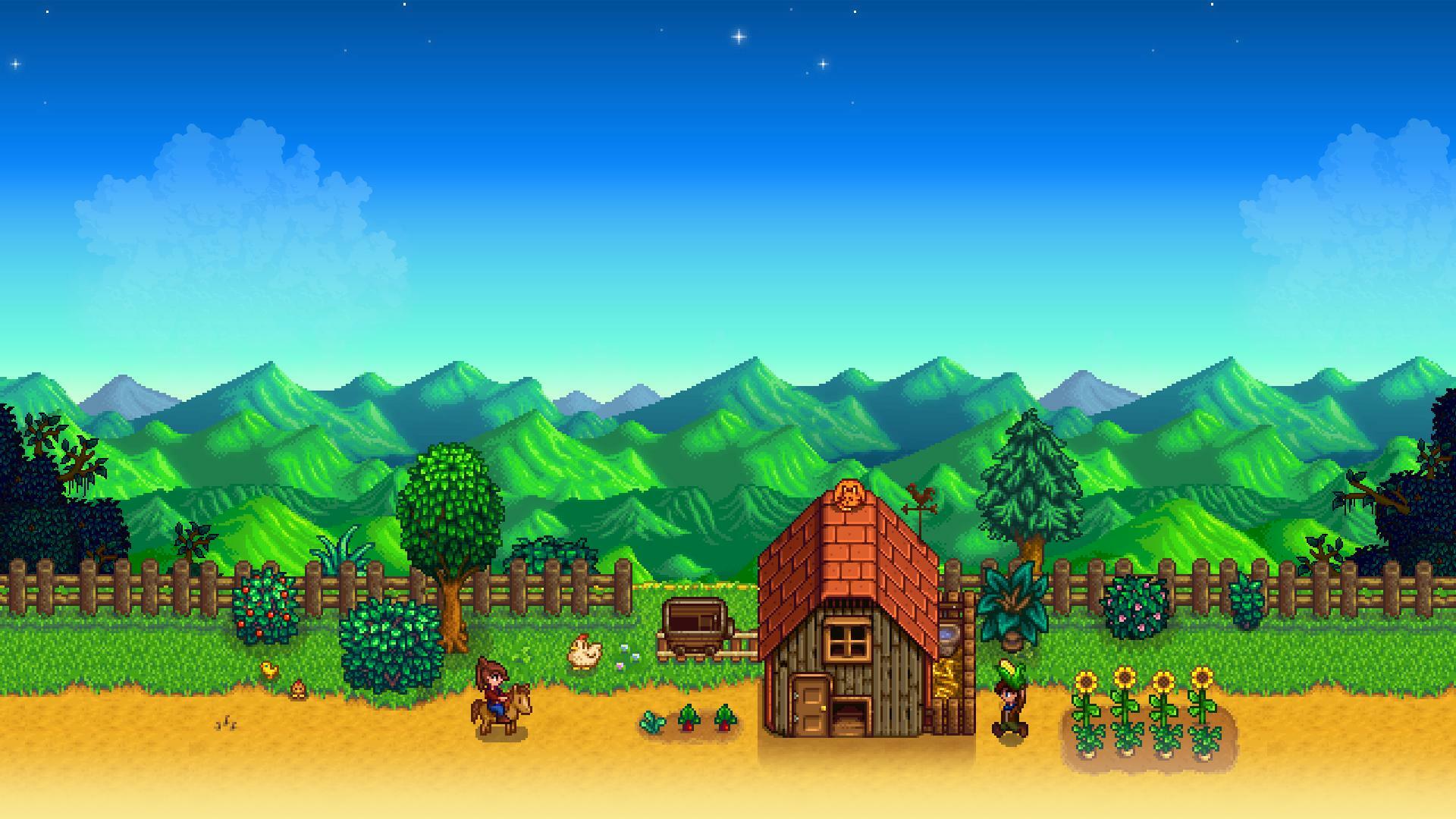
As you improve your farming, mining, and foraging skills, you’ll unlock useful machines like kegs, jars, and sprinklers. These tools let you turn your crops into more valuable items, changing how you spend your time each day. Upgrading your tools at the blacksmith not only opens up new areas to explore but also speeds up your work on the farm. Throughout the year, different resources become available, and completing community bundles gives you a natural guide for what to craft next.
Horizon Forbidden West

You can improve your weapons and armor at workbenches using parts you get by carefully breaking down items. Coils and weaves add special elemental or damage boosts to your gear. Making your own ammo from resources you find while exploring keeps the action going. Completing salvage contracts and quests will help you find specific materials and unlock better crafting blueprints.
No Man’s Sky
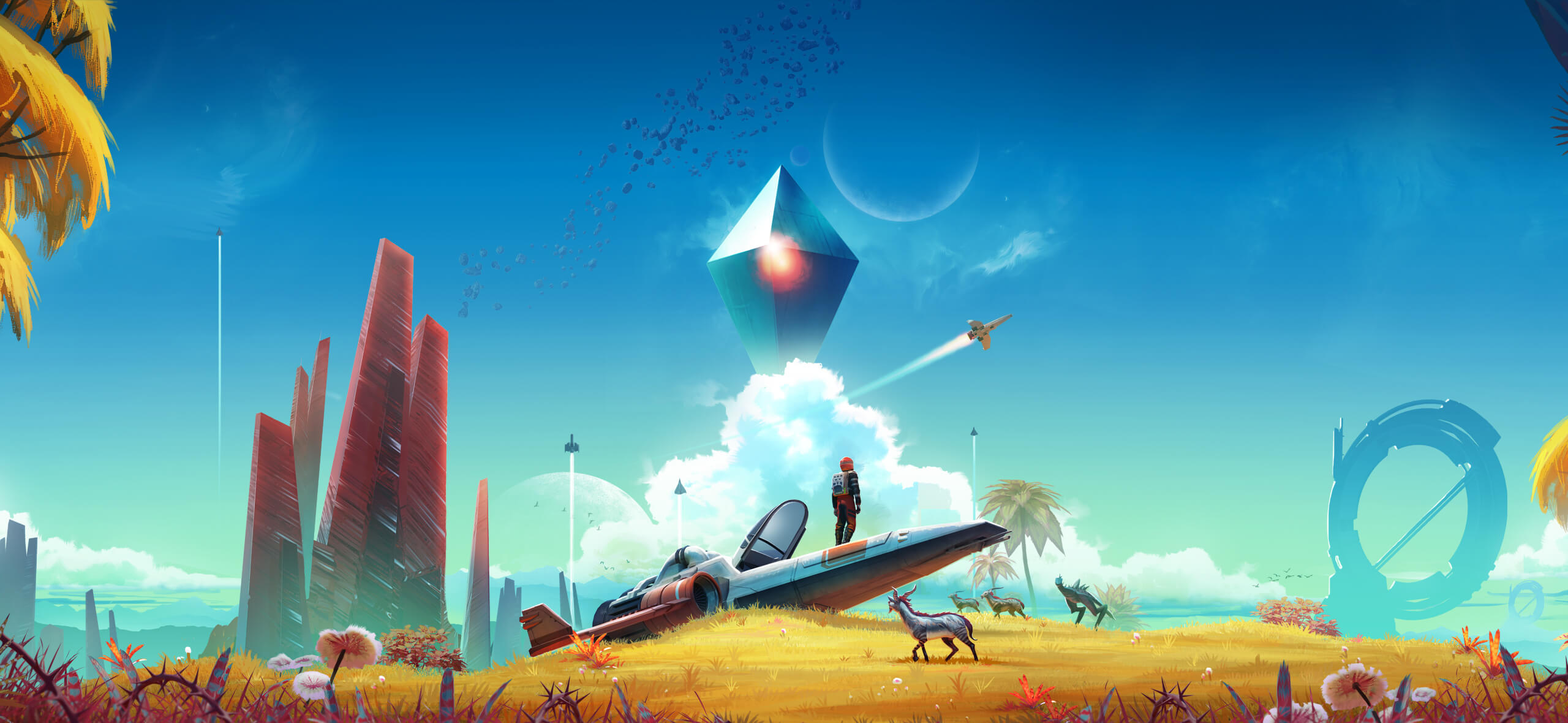
You can transform raw materials into useful items using refiners, following a straightforward crafting system. Both portable and larger base refiners allow you to create things quickly or set up automated production lines. You’ll unlock blueprints for essential parts, exosuit upgrades, and starship modules by completing missions and buying them from vendors. Plus, a nutrient processor and cooking system provide extra recipes to help you trade and stay alive.
Fallout 4

Okay, so when I’m at a weapon workbench, I can totally customize my guns – swap out parts like the receiver, barrel, or stock to change how much damage they do and how easy they are to handle. Armor benches are cool too – I use adhesive and hard-to-find stuff to add pockets, improve the lining, and boost my resistances. Building stuff at settlements is awesome, but you really need to pay attention to the resources. And the more I level up perks like Gun Nut and Science, the more advanced modifications and experimental parts become available. It’s a whole system for making everything exactly how I want it!
The Witcher 3: Wild Hunt

At workshops, skilled craftspeople forge swords, armor, and crossbow bolts using metal and materials gathered from monsters. Alchemy, on the other hand, combines herbs and mutagens to create potions, oils, and bombs, which are automatically refilled when you rest. To create the highest quality gear, you’ll need to find specific craftspeople and complete scavenger hunts in different regions. The most powerful items are unlocked by following questlines, which provide diagrams in a logical order.
Don’t Starve

Building prototypes at the Science Machine and Alchemy Engine permanently unlocks items you can craft later. Crafting recipes require resources gathered from plants, animals, and rare finds, and you’ll need to manage your survival carefully. Your character’s sanity, hunger, and the current season all influence what you should build and when. Plus, your character’s unique skills can unlock special crafting stations and items.
RimWorld

Workstations allow colonists to perform recurring tasks such as crafting stone, making clothes, and producing medicine. The quality of materials and random events influence the stats and quantity of items made. Colonists improve their skills and production speed based on their work priorities and proficiency. Research unlocks new workstations and crafting recipes, allowing settlements to grow from simple beginnings to advanced manufacturing.
V Rising

Castle Heart is the core of your territory, powering workshops that turn raw resources into useful materials. Defeating V Blood bosses unlocks new buildings, crafting recipes, and vampire powers, creating a straightforward path for improvement. Once established, you can automate resource collection and processing using servants and dedicated rooms. Different levels of equipment and customizable jewels allow you to specialize your character based on your crafting base.
Ark: Survival Evolved
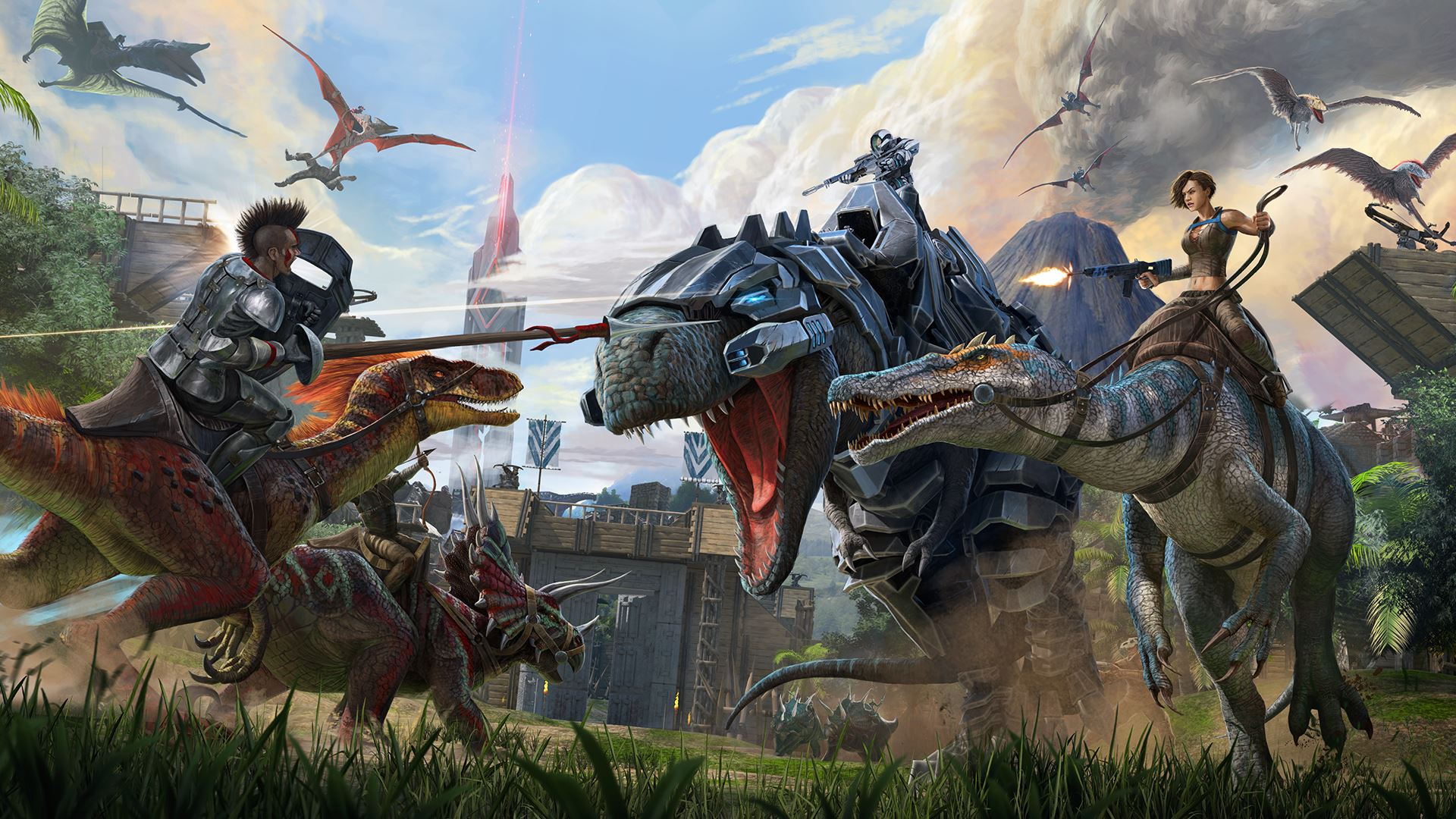
As you gain experience, you’ll unlock blueprints for a wide variety of items you can craft, including tools, weapons, structures, and saddles. You can adjust how quickly you craft and how many resources you get through your character’s stats and server settings. Saddles and saddlebags let you craft items specifically for your tamed creatures, improving their usefulness and your ability to travel. Later in the game, you’ll gain access to industrial crafting stations like forges and fabricators, which allow for large-scale production of advanced technology.
Grounded

You can build workbenches and ovens to transform things you find in your backyard into useful items like armor, weapons, and food that have special effects. Analyzing new items gives you scientific data which unlocks new crafting recipes. Better tools let you gather more advanced resources, such as fragile and durable materials. Finally, collecting Milk Molars and using mutation systems helps you improve your carrying capacity and stay alive longer.
7 Days to Die
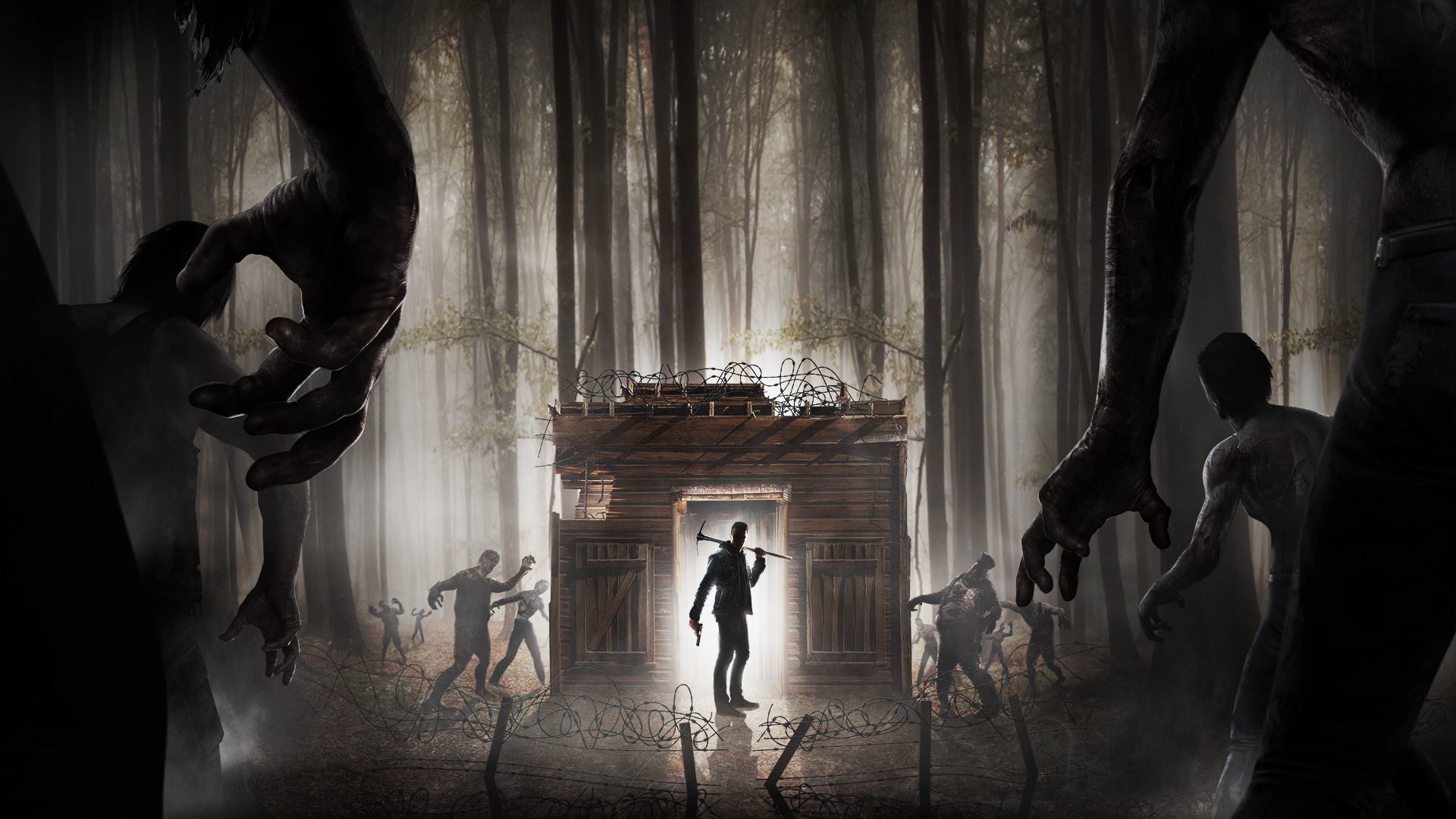
Learning new skills through books and magazines gives you access to better crafting recipes, letting you build more things. Workstations, such as the forge and chemistry station, help you make and fix items faster. You can also improve your weapons and tools with different qualities and modifications to suit your needs. And when dangerous horde nights arrive, you’ll need to consistently build traps and strengthen your base to survive.
The Long Dark
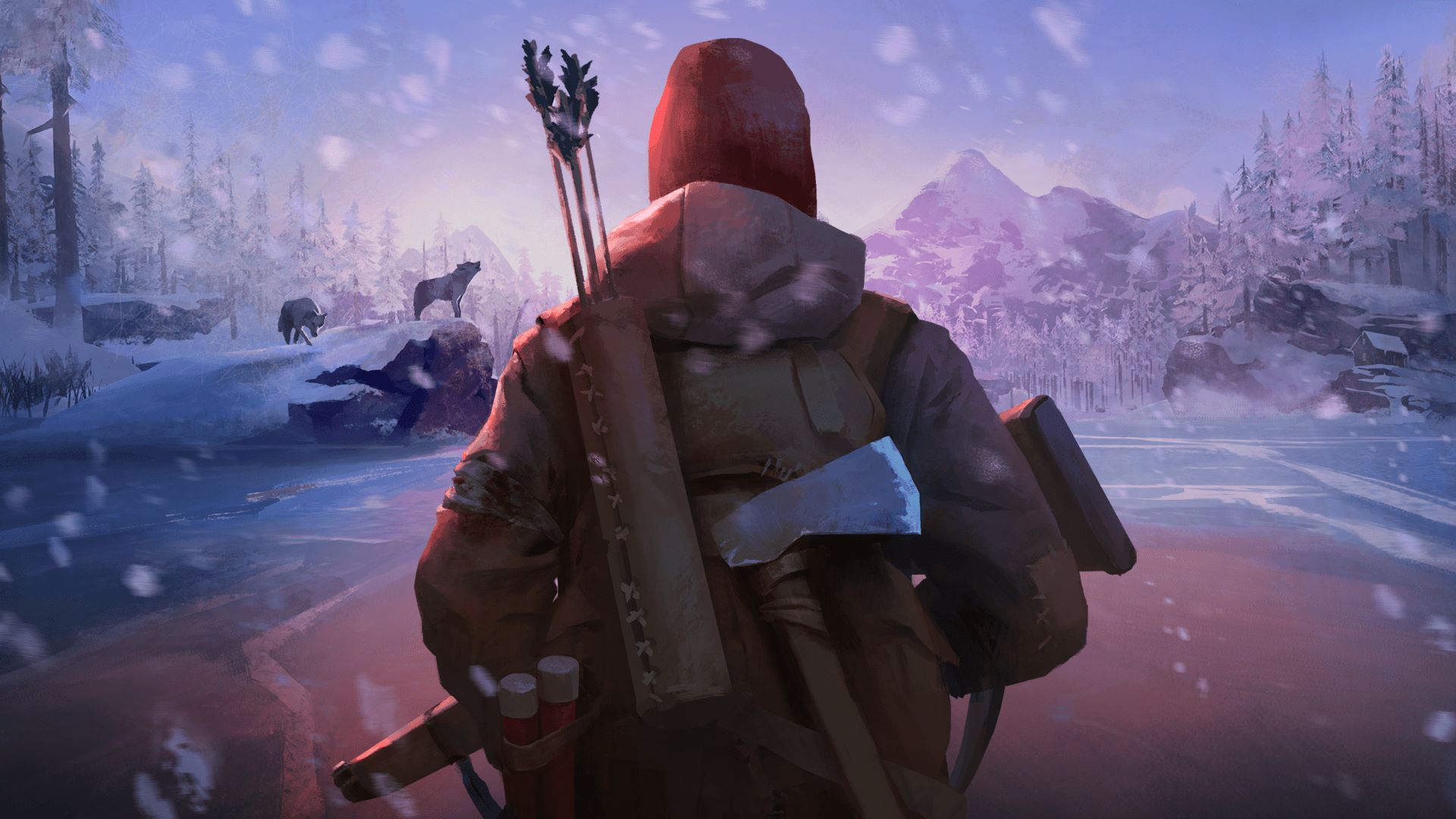
Crafting involves making essential items like tools, clothes, and medicine using animal parts and plants you gather. Because crafting needs warmth, light, and time, the type of shelter you build is important. Preserving materials, like drying hides, takes time, so you need to plan around bad weather. The availability of local resources, such as maple or birch trees, will also influence where you choose to travel to improve your gear.
Let us know in the comments what crafting features you believe should be included, and share which recipes were most helpful during your gameplay.
Read More
- Bitcoin’s Ballet: Will the Bull Pirouette or Stumble? 💃🐂
- Can the Stock Market Defy Logic and Achieve a Third Consecutive 20% Gain?
- Dogecoin’s Big Yawn: Musk’s X Money Launch Leaves Market Unimpressed 🐕💸
- Deepfake Drama Alert: Crypto’s New Nemesis Is Your AI Twin! 🧠💸
- LINK’s Tumble: A Tale of Woe, Wraiths, and Wrapped Assets 🌉💸
- SentinelOne’s Sisyphean Siege: A Study in Cybersecurity Hubris
- XRP’s Soul in Turmoil: A Frolic Through Doom & Gloom 😏📉
- Binance’s $5M Bounty: Snitch or Be Scammed! 😈💰
- Ethereum’s $140M Buy: Will It Save Us? 😱
- ADA: 20% Drop or 50% Rally? 🚀💸 #CryptoCrisisComedy
2025-11-13 14:50